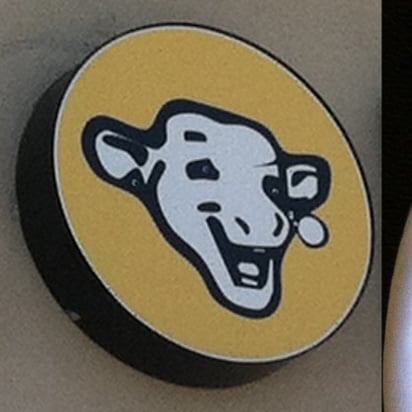American comedian Ron White frequently tells a story about how his van was damaged in a comedic way by the technicians at a Sears Automotive Center in Savannah, GA. This week, that Sears Automotive Center is being torn down. While the shopping mall that former Sears location is a part of is otherwise doing well, the Sears has been closed for years. The department store end-cap building and the car service center in its out-parcel property are being demolished to make way for the development of a new apartment complex.
A link to Ron preforming the story for a live audience.


The problem for Sears, though, was the bottomless pit in the middle. Remember that Amazon famously did not turn a profit at all until 2001, operated at a complete loss by just setting investor money on fire for its first decade and a half of existence, and failed to actually generate meaningful profits and not just technical pennies on the dollar until 2004. Nobody actually expected them to succeed at first. Amazon wasn’t the company to beat, they were nobody. Walmart and Target were perceived as the “real” competition.
Throughout that entire period, a solid 20 years from 1995 to, say, 2005, Sears would have to remain profitable and solvent. And mind you that internet shopping didn’t really become a truly mainstream thing until the mid 2000’s. Sears would have had to maintain their catalog and logistics operations in perfect working order for two decades before online shopping finally took off and became truly mainstream, while managing not to go bankrupt in the process. Maybe they could have caused the online shopping revolution to happen a little sooner if they tried really hard in the 90’s, but overall it would have taken incredible planning, luck, and an amazing amount of foresight to make that happen. It would not be as simple as just not flipping the off switch in 1993.
Remember that Sears gave up on the majority of their famous catalog distribution model because it was no longer sufficiently popular or profitable. They put all their eggs in the mall basket, which to be honest coming from the perspective of the late 80’s and early 90’s probably looked like it made sense at the time.
Anecdotal, but no it didn’t make sense at the time, at least for customers. While I don’t know why my the catalog business wasn’t profitable, it was certainly popular in my family’s circle. For Christmas alone, it should have covered the year, or clothes at every change of seasons
Actually, the catalog was also a big driver of store visits, but maybe they didn’t know how to value that.
Coming from the early days of online shopping, they seemed to be in a perfect position where they already had the model and distribution, so they could have added online for very little additional cost and let it grow up